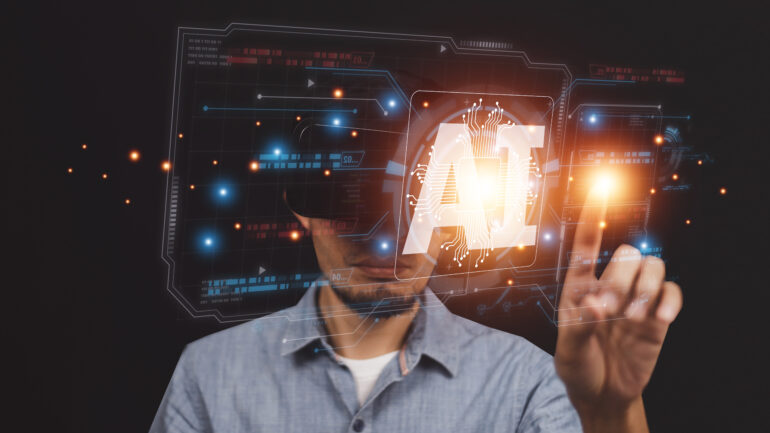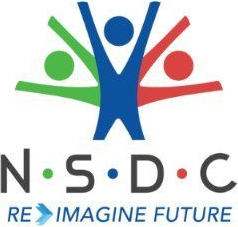AI’s Coding Revolution Meets Reality: Lessons from SWE-Lancer

In the last couple of weeks, the technology world has witnessed major advancements in Large Language Models (LLMs) triggering apprehensions about Artificial Intelligence replacing jobs in massive numbers by taking on the grunt work of writing thousands of lines of coders. Certain companies are already travelling along this path using AI tools to do large parts of coding.
Tech leaders have predicted that generative AI will soon rival human programmers – OpenAI’s CEO Sam Altman even suggested AI could outperform entry-level engineers by year’s end – but a new real-world evaluation provides a reality check. OpenAI’s SWE-Lancer benchmark (1,488 real freelance programming tasks worth $1M) shows today’s best AI coding tools still fail on the majority of software development tasks. Rather than replacing human developers, these AIs are proving to be powerful assistants with significant limitations.
From Lab Benchmarks to Real-World Challenges
AI coding systems have made impressive strides. In 2022, DeepMind’s AlphaCode reached roughly median performance in competitive programming contests, and OpenAI’s GPT-4 solved about one-third of tasks in a software engineering benchmark (far surpassing prior models).
However, writing a snippet of code to pass a test is very different from tackling an open-ended freelance project. Previous coding benchmarks usually involved small, self-contained challenges (for example, writing a single function). In contrast, SWE-Lancer forces AI to handle large, messy projects with incomplete requirements and interconnected codebases. It’s one thing for an AI to ace a LeetCode-style puzzle, and quite another to debug a complex web application for a paying client. This new benchmark essentially drops AI “coders” into the deep end of real-world software engineering.
SWE-Lancer Results: Impressive Yet Limited
When put to the test on $1 million worth of real Upwork tasks, state-of-the-art AI models could only complete a fraction of the work. The top model (Anthropic’s Claude 3.5) solved about 26% of the coding tasks and roughly 45% of the high-level decision-making tasks, capturing at most ~$400k of the $1M bounty. OpenAI’s own GPT-4-based model managed under 9% of the coding tasks (though it did better on design/management questions at ~39%). In plain terms, the majority of the work remained unsolvable by AI alone.
Why did these advanced AIs struggle? The research revealed a few key weaknesses in how AI tackles software problems:
- Superficial fixes: They fix symptoms but not the root cause of bugs. The model might pinpoint where something went wrong, but it doesn’t truly understand why, so its patches often don’t hold up.
- Limited context understanding: They miss how changes in one module affect others. The AI might alter one part of the code without realising the ripple effects across the system.
- Poor testing and edge-case handling: They rarely double-check their work or catch corner-case bugs. Unlike a human, the AI isn’t in the habit of thoroughly testing its solution, so it can overlook subtle errors.
All these issues stem from the fact that current AIs are pattern generators – they predict likely code based on training data, without genuine understanding. They lack the intuitive reasoning and debugging skills that human programmers apply when integrating a fix into a complex project. As a result, an AI’s solution often looks plausible but breaks when you scrutinise it under realistic conditions. The SWE-Lancer trial makes it clear that AI still has a lot to learn about real-world software engineering.
Economic and Strategic Implications for the IT Industry
What do these findings mean for software teams, IT services firms and developers? In the near term, it reinforces that AI is best suited to complement human programmers, not replace them. Think of today’s AI coding tools as very capable junior developers or “copilots” that handle repetitive grunt work and suggest solutions, while experienced engineers provide oversight. Indeed, many developers are already embracing this collaboration: 44% of developers surveyed by Stack Overflow say they’re using AI coding assistants now, with another 26% planning to start soon. Tools like ChatGPT and GitHub Copilot (powered by GPT-4) are rapidly becoming standard parts of the programmer’s toolkit, boosting productivity on routine coding tasks while humans focus on the trickier parts.
Crucially, human expertise in testing, debugging and design remains irreplaceable. An AI might generate a function or even an entire module, but developers must still review that code for correctness and security. Failing to do so can be risky – one study found that about 40% of code suggestions from GitHub’s Copilot were vulnerable or buggy in ways an attacker could exploit. That means rigorous quality assurance and code review are more important than ever in an AI-assisted workflow.
For freelancers and entry-level programmers, the rise of AI might shift the nature of their work rather than eliminate it. Routine tasks (like fixing simple bugs or converting basic requirements into code) may be handled increasingly by AI tools. However, this doesn’t spell the end of junior programming jobs. Instead, entry-level coders are likely to spend more time guiding AI outputs and less time writing boilerplate code. A recent Gartner study even predicts that AI will create more programming jobs than it replaces by 2025.
Navigating the Risks and Rewards
None of this is to say that integrating AI into software development is without challenges. Security is a prime concern: AI-generated code can introduce vulnerabilities if unchecked. Developers remain cautious – only 3% say they highly trust AI outputs. And for good reason: if an AI misinterprets a spec, it can churn out a plausible-but-wrong solution at lightning speed, creating new pitfalls in the development process.
AI will play a growing role in how software is built, but the SWE-Lancer experiment underscores that human developers are still in the driver’s seat. As one OpenAI researcher emphasised, it’s important to pursue these innovations with “careful and responsible deployment”. The likely future is one of partnership: AI can handle more of the coding grunt work and even provide high-level suggestions, but humans will provide the creativity, critical thinking and final accountability – giving companies that embrace this approach an advantage. AI will amplify the productivity of those who learn to wield it.
Acknowledgements:
- AI Coding: New Research Shows Even the Best Models Struggle With Real-World Software Engineering – DevOps.com
- AlphaCode, code generator from Deepmind, reviewed on Codeforces
- OpenAI releases new coding benchmark SWE-Lancer showing 3.5 Sonnet beating o1 – Community – OpenAI Developer Community
- Can AI Coding Systems Earn $1 Million As Freelancers? | Discover Magazine
- Stack Overflow’s 2023 Developer Survey: Are developers using AI?
- CCS researchers find Github CoPilot generates vulnerable code 40% of the time – NYU Center for Cyber Security
- Will AI Replace Programmers: The Shift in Technology’s Role
Read the full SWC Lancer research paper, here:


